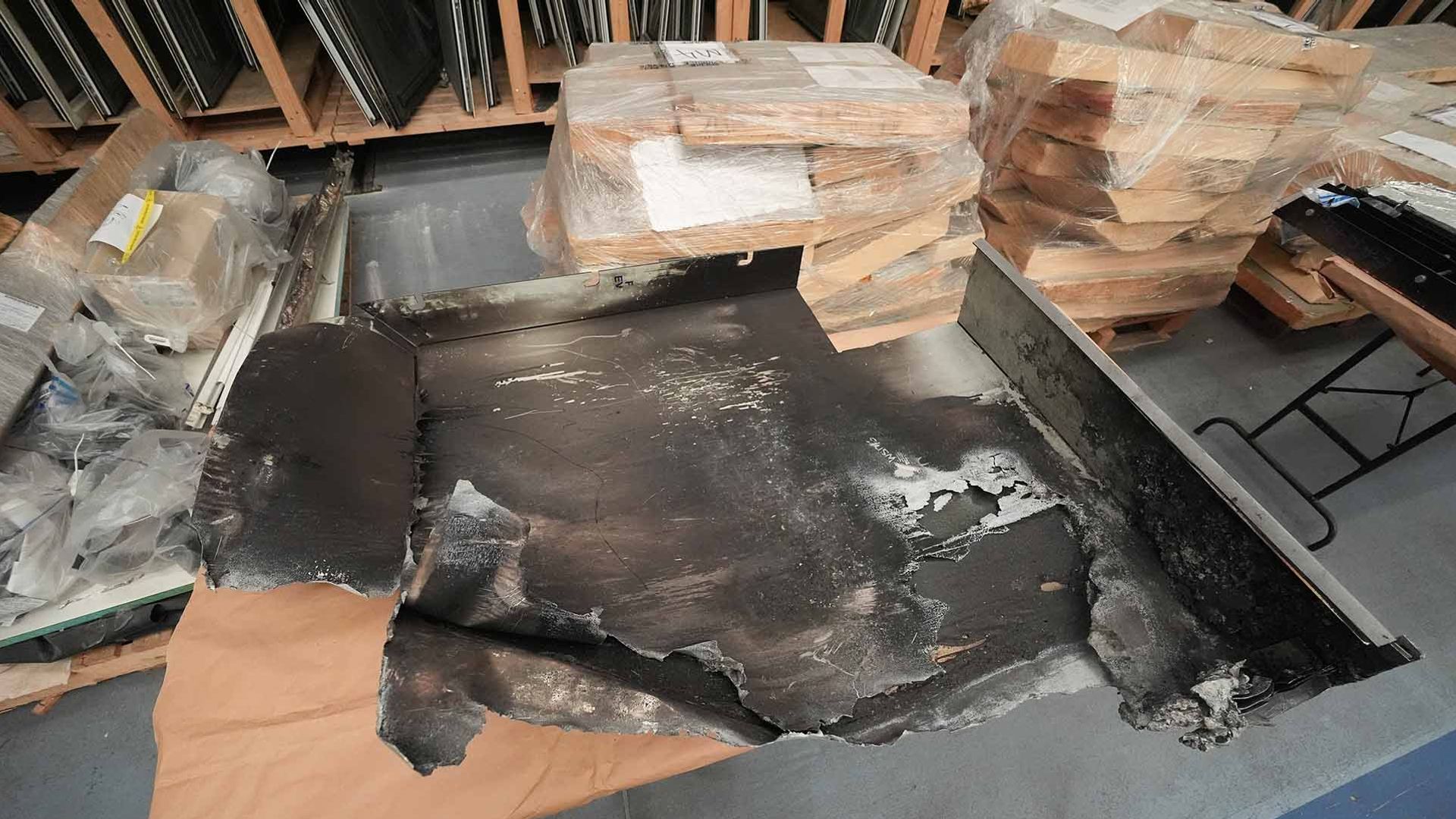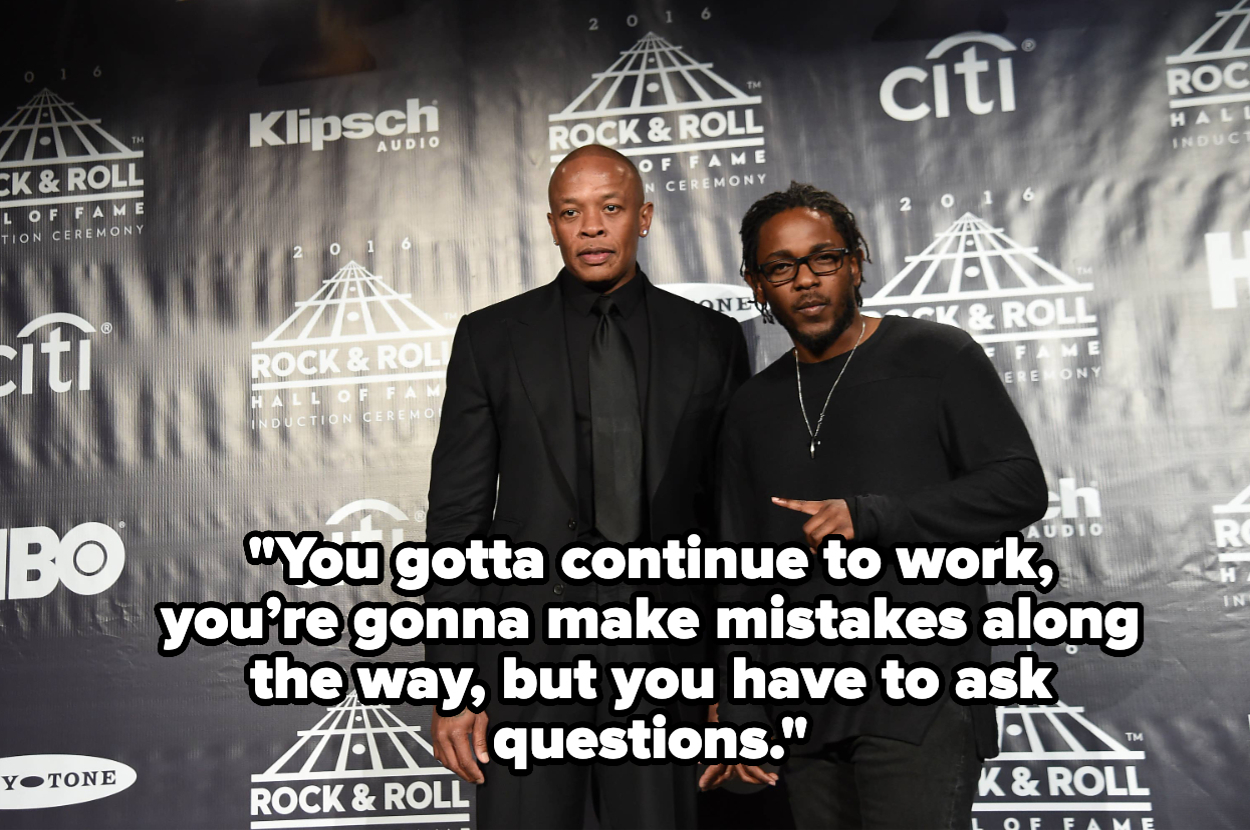
The sun sunk behind a hill of pines as I slid into a quiet cove. Standing on a paddleboard, I propelled myself forward with slow sweeps of a paddle. The board glided silently over the smooth surface of the water, carving a faint wake.
My husband, Derek, stood beside me on his own paddleboard. As we approached the dock where we would end our afternoon adventure, I basked in the tranquility of the moment. Out on the lake, we had been surrounded by the hum of motorized boats and Jet Skis. But the cove was quiet, aside from the shush of lily pads sliding underneath our boards.
Stand-up paddleboarding is an especially graceful way to travel on water. It’s a great way to strengthen pretty much your entire body, from your toes to your fingers.
Derek and I are fairly new to the sport. We purchased our first stand-up paddleboard (SUP) a few years ago. It had been used and dinged up, but it was a good deal. We didn’t want to spend a lot of money on something that we weren’t sure we’d use a lot.
It’s safe to say that Derek and I are sold on stand-up paddleboarding being a fun activity. But we weren’t so sure at first.
If you’re looking to purchase a SUP, here are some tips.
Try it before you invest a lot of money

If you’re new to paddleboarding, that’s my first bit of advice. Rent a board, borrow a friend’s board or buy a second-hand board.
SUPs are expensive, with new boards averaging between $800 and $1,400. And that cost doesn’t usually include necessary accessories such as a paddle, life vest, dry bag and bungies to hold your gear on the board.
This summer, Derek and I decided to upgrade our SUP equipment by purchasing a slightly used board and a new board. Now we have one for friends to use.
If you’re into watersports or really any outdoor sport, you might find this amusingly relatable. It’s easy to upgrade and collect things like kayaks and mountain bikes. It happens, slowly, over time. And before you know it, you have a whole gear shop in your garage.
Buy the right size
The size you’ll want should be based on your weight and your level of experience. The larger and wider the board, the more stable it is. However, smaller boards are easier to maneuver and can be faster. Find one that fits you.

Don’t expect your purchase to include necessary accessories
My new SUP came with fins, which you attach to the bottom of the board with screws (which requires a screwdriver), and that’s it. We had to buy the paddle separately. We also bought a paddle holder, which screws to the side of the board.
I didn’t notice that the board didn’t have any bungies, also known as tie-downs. They criss-cross over the top of the board and are used to secure gear. So, when I showed up to the lake with a drybag full of snacks and drinks, I had no way to secure the bag on my new board.
At the time, I improvised with a cargo strap that I looped around the nose of my board and prayed would stay on (it did). The next day, I went back to the sports store to buy a tie-down kit, which was sold separately.
I also bought a leash to connect the board to one of my ankles. That way, if I fell off my board, it wouldn’t float away from me.
A dry bag is an important accessory because it allows you to carry items and keep them dry. Even if you want to travel light, you’re required to carry a personal flotation device, a sound producing device such as a whistle and a flashlight or headlamp (when out between sunset and sunrise), per Maine boating laws.
Wear a personal flotation device
Paddleboarding is like any other water sport in that you need to wear a personal flotation device for safety.
I’ve certainly paddled without one near the shore of a camp, in a place where we normally swim. But if you’re headed out for a trip, traveling from point A to point B, wear a life vest. The statistics are clear. They save lives.

Be prepared to get wet
Paddleboarding is a wet activity, much more than kayaking or canoeing. Think about it. On an SUP, there’s no enclosed space. You’re just sitting, kneeling or standing on a thin board, which waves wash over. It’s easy to fall off a board. Expect to go for a swim.
In Maine, our ponds, lakes and rivers take a while to warm up to a temperature that’s reasonable for swimming. The ocean is always pretty darn cold. Nevertheless, SUPs have become one of the fastest-growing water sports in the state (and worldwide) in recent years. Mainers are embracing paddleboarding even though its season is short compared to many other activities.
August is the perfect time for paddleboarding. The water is as warm as it’s going to get. Throughout the fall, the water will slowly cool. But some people wear wetsuits to lengthen the season. I even met a Maine resident who wore a drysuit to paddleboard in the ocean all winter.
Experiment with positions and conditions
Once you’ve got all the equipment sorted, stand-up paddleboarding is an easy activity to learn. It’s not as challenging as it looks. And if you feel shaky while standing, you can always kneel or sit or lay on your board. In fact, some people do yoga on SUPs.
I suggest you wait for calm weather to try it out. It’s much more challenging to paddle while being pushed around by wind and waves. And take it in baby steps. Experiment with paddling techniques. Test your balance. You don’t have to travel far from shore to have fun with a SUP.












